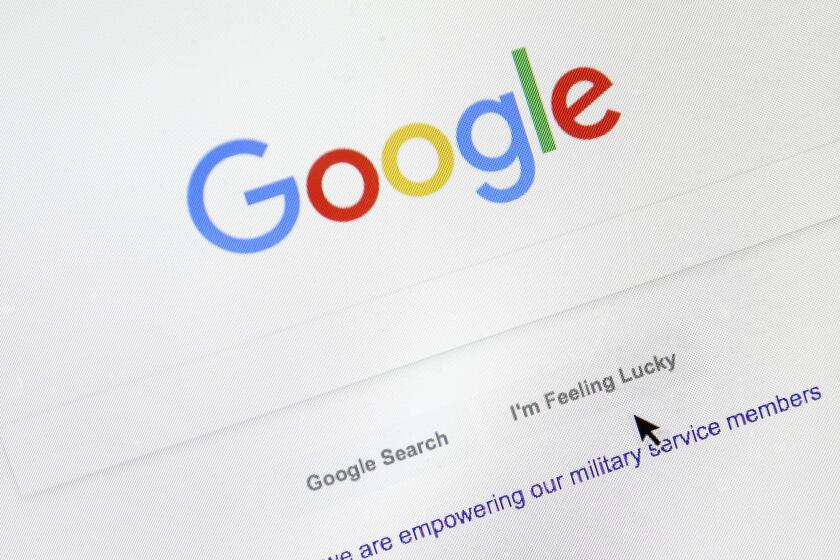Uber is making surge pricing more transparent — but a little less obvious
Many an Uber passenger has been shocked by the cost of a ride as a result of the company’s controversial surge-pricing policy.
That might change under a new “no surprises” approach to fares that the ride-hailing giant announced Friday.
Uber isn’t doing away with surge pricing – its strategy of raising fares at times of peak demand. Instead, during surge pricing periods Uber will begin presenting customers with the cost of their ride upfront, before they book.
It will also do away with its startling surge-pricing notification, which glaringly announces to customers the rate by which their fare will be multiplied.
Instead, when Uber rolls out the update across its products worldwide in the coming months, many users will see the price and a small bit of text indicating that it’s higher than usual because of “increased demand.”
Uber, which takes a 20% cut of fares, frames the shift as a way for passengers to know exactly what they’re getting themselves into.
A company spokesperson said early tests have indicated that riders take more trips when they’re shown the price upfront due to increased “control and certainty.”
Upfront pricing was a feature on Uber’s car-pooling service for two years before it debuted in six U.S. cities and five in India in April.
Gartner research director Jennifer Polk says offering a price tag upfront improves a customer’s experience compared to seeing the multiple by which the fare will increase.
“Simplifying pricing and improving transparency around pricing earlier in the buying journey, while it might scare some people off, also has the potential to make others more comfortable,” Gartner said.
“Short-term potential loss of revenue is worth long-term gain in loyalty and retention from improving customer experience.”
Uber customers are frequent critics of surge pricing. Some have even called it price gouging.
See the most-read stories in Business this hour »
Jessica Seinfeld, comedian Jerry Seinfeld’s wife, famously griped over a $415 charge one night during a snowstorm. She posted a photo of the bill to Instagram, with the caption, “#OMG#neverforget #neveragain #real.”
Despite the new feature and Uber’s attempts to re-brand the term “dynamic pricing,” the company remains committed to the principle, which it says helps get more drivers on the road during periods of heightened demand.
Uber Chief Executive Travis Kalanick has defended surge pricing, arguing that it’s one of the key things that sets his company apart from taxis.
“Not surging is saying we should be just like a taxi and be unreliable when people need us most,” he wrote on his Facebook page in 2013. “These are outcomes that take choices away from the consumer and make it harder to get around cities -- these are outcomes that we put a lot of hard work in to avoid so that at least you have the choice if you want one.”
Uber has, however, put a cap on surge pricing in cases of emergency – such as the recent Orlando, Fla., nightclub shooting – and natural disasters, a measure implemented in 2014.
ALSO
L.A. Uber driver threatens to hit passenger with a rock, steals his iPhone, police say
On-demand business models have put some startups on life support
The fight within the California Democratic Party over Uber and Lyft



